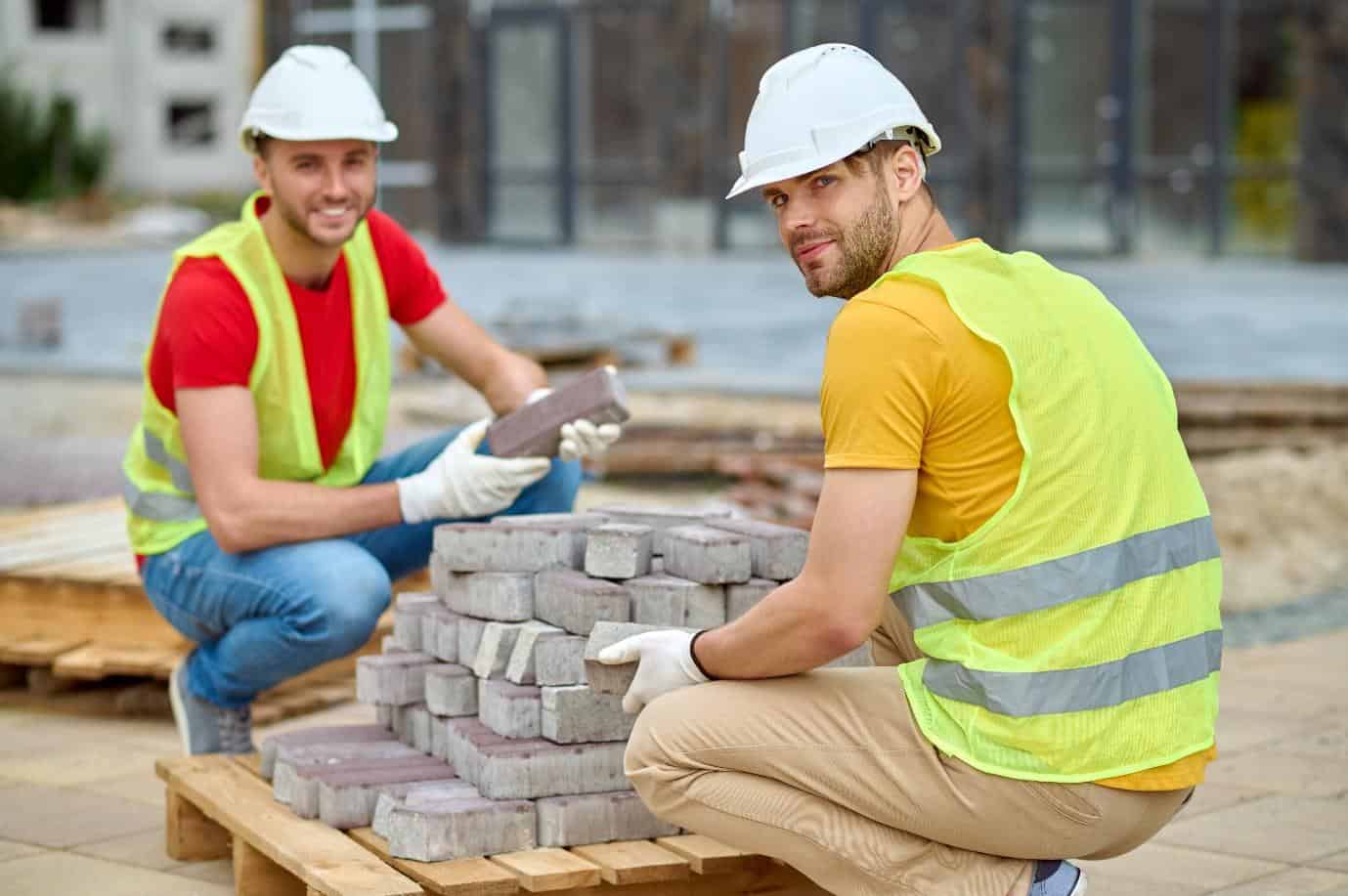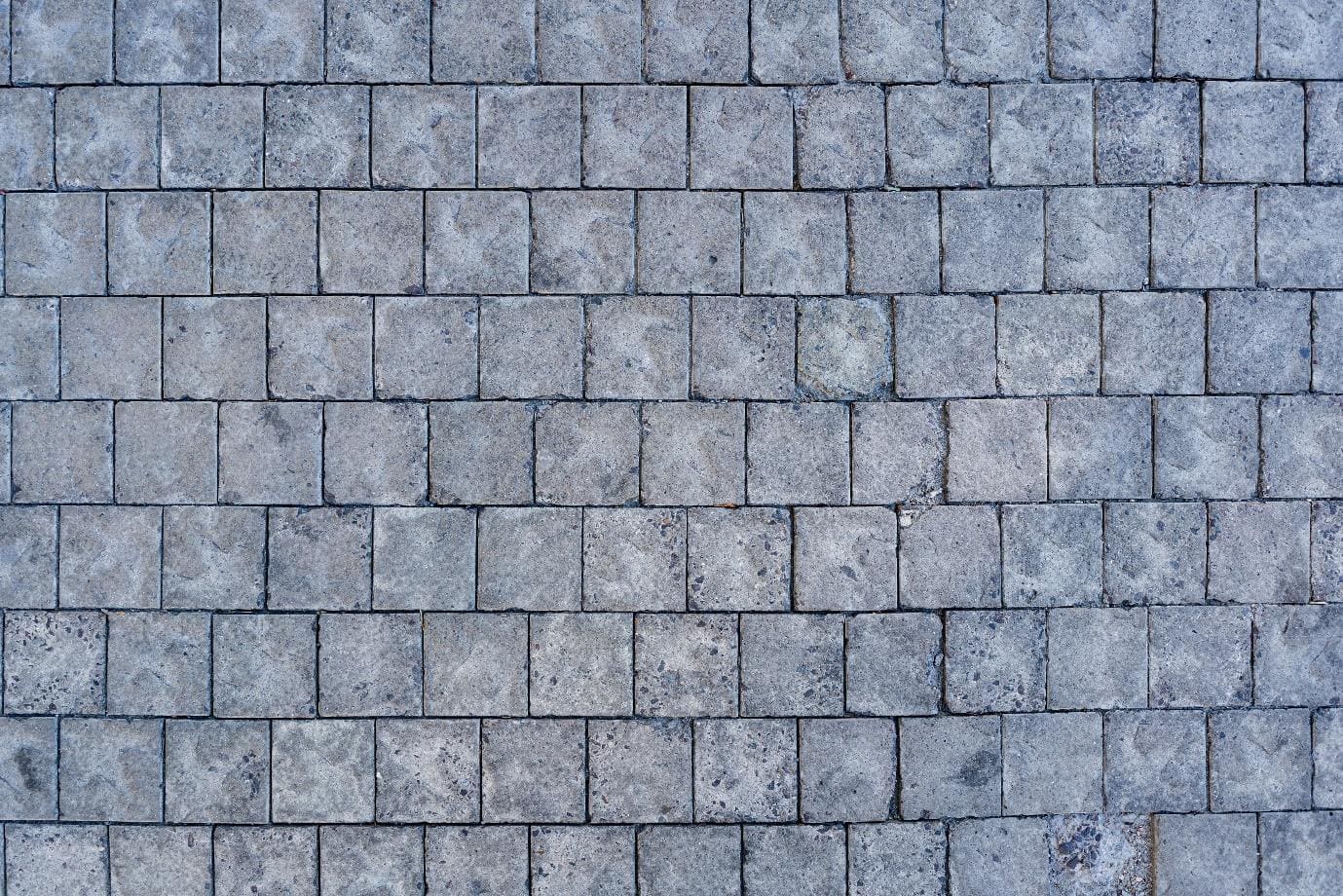Outdoor spaces are a key extension of any home — whether it’s a patio for summer dining, a driveway that welcomes guests, or a garden pathway winding through your landscape. The right choice of surface not only enhances your property’s appearance but also stands up to the demands of weather, foot traffic, and time.
Creating outdoor surfaces that are both durable and stylish requires smart planning, quality materials, and attention to detail. Here’s how you can achieve a stunning, long-lasting finish that complements your home and lifestyle.
Choosing the Right Materials for Outdoor Durability
One of the first decisions you’ll face is selecting the right material. Your choice will directly affect both the appearance and the longevity of your outdoor surface. Here are some of the most reliable and stylish options:
1. Natural Stone
Natural stone offers a timeless elegance that blends seamlessly with outdoor environments. Materials like granite, slate, sandstone, and limestone are known for their durability and ability to withstand the elements. Their natural textures and colors provide a sophisticated look that complements both traditional and modern properties.
2. Concrete Paving
Concrete paving is a versatile option that balances cost-effectiveness with durability. It can be poured, stamped, or cut into a wide range of designs and colors. Modern concrete solutions offer impressive strength, making them ideal for driveways, patios, and pathways. Working with skilled paving contractors ensures that concrete surfaces are properly installed, maximizing both longevity and visual appeal.
3. Porcelain Tiles
Porcelain is increasingly popular for outdoor surfaces due to its low water absorption, resistance to staining, and contemporary finish. Outdoor-grade porcelain tiles are built to handle harsh weather while offering sleek aesthetics — perfect for modern garden patios or outdoor kitchens.
4. Composite Decking
For those wanting a deck-like finish without the maintenance issues of timber, composite decking is a smart choice. Made from a blend of wood fibers and recycled plastics, it resists warping, rot, and splintering while providing a clean, modern look.
5. Gravel and Decorative Stones
For pathways and informal seating areas, gravel and decorative stones provide an affordable and easy-to-install solution. When paired with proper edging, they offer a rustic charm and excellent drainage.
Design Tips for Stylish Outdoor Surfaces

Selecting durable materials is just the beginning — incorporating thoughtful design ensures your outdoor surfaces are as stylish as they are practical.
1. Coordinate with Your Home’s Architecture
Your outdoor surfaces should complement the design of your house and garden. For example, sleek porcelain tiles pair well with contemporary homes, while rustic stone suits traditional cottages. Choose colors and materials that harmonize with your existing architecture for a cohesive look.
2. Use Patterns and Textures
Introducing patterns such as herringbone, basketweave, or geometric layouts can transform simple paving into a standout feature. Combining smooth and textured finishes also adds depth and interest to your space.
3. Incorporate Borders and Edging
Borders or edging stones provide a polished finish and help define different areas of your garden or driveway. Contrasting colors or materials can create striking visual effects and help guide movement through your outdoor space.
4. Mix Materials for Functionality and Style
Don’t be afraid to combine different materials. For example, you might use porcelain tiles for a dining area and gravel paths leading to a wooden deck. Mixing materials creates zoned areas and enhances both functionality and aesthetics.
Installation Techniques for Longevity

Even the best materials won’t perform if installation is poor. Here are some essential tips to ensure your surfaces last:
1. Prepare the Ground Properly
Proper ground preparation is crucial. This includes excavating to the right depth, laying a stable sub-base (such as compacted crushed stone), and ensuring correct drainage. Poor preparation often leads to uneven surfaces and water pooling.
2. Use Quality Adhesives and Jointing Compounds
Choosing the right bonding agents and jointing compounds prevents shifting and weed growth. For example, polymeric sand is a great choice for block paving, while flexible grout works well with porcelain tiles.
3. Allow for Expansion and Drainage
Outdoor surfaces expand and contract with temperature changes. Including expansion joints and ensuring proper drainage will prevent cracks and long-term damage.
4. Consider Professional Installation
For complex designs or large areas, professional installation is often the smartest investment. Specialists ensure surfaces are level, joints are secure, and materials are handled correctly.
Smart Maintenance Strategies
Keeping your outdoor surfaces in top condition requires regular maintenance — but with the right materials and care, it doesn’t have to be a chore.
1. Routine Cleaning
Sweep surfaces regularly to prevent debris buildup. Use mild cleaning solutions for stubborn stains and avoid harsh chemicals that could damage finishes or plant life.
2. Seal and Protect
Applying sealants helps protect stone, concrete, and tile surfaces from moisture, stains, and wear. Choose a sealant appropriate for your material, and reapply as needed.
3. Address Repairs Promptly
Fix small cracks or loose joints early to prevent more extensive damage. For decking, check for any loose boards or screws periodically.
4. Seasonal Care
Prepare for winter by removing organic matter and checking drainage. In areas prone to frost, ensuring water doesn’t pool on surfaces helps avoid freeze-thaw damage.
Sustainable and Eco-Friendly Outdoor Surface Options
Durability and style don’t have to come at the environment’s expense. Consider these sustainable practices:
- Permeable Paving: Allows rainwater to pass through, reducing runoff and promoting groundwater recharge.
- Recycled Materials: Options like recycled composite decking and reclaimed stone support sustainable sourcing.
- Eco-Friendly Installations: Choose installation methods that minimize soil disruption and chemical use.
Conclusion
Creating durable and stylish outdoor surfaces is a smart investment that enhances your property’s appeal and usability. By choosing high-quality materials, incorporating thoughtful design, ensuring expert installation, and following a simple maintenance routine, you can enjoy beautiful, functional outdoor spaces for years to come.
With the expertise of trusted professionals, achieving a bespoke look that suits your style and stands up to the elements is easier than ever.

